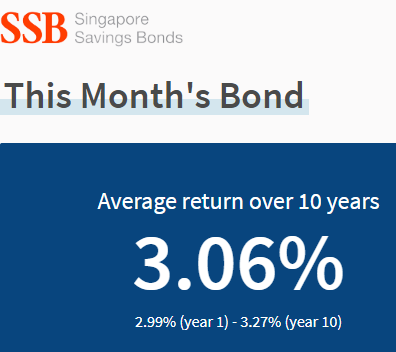When designing a tank, there’re 3 main considerations that need to be balanced:
1) Firepower – what good is a tank if it can’t punch a hole through the enemy’s defences?
2) Armour – you want to live to fight another day don’t you?
3) Speed – or to be specific, it’s manoeuvrability. You need speed to catch up with the enemy and run rings round them; and at the same time you want to be able to run like hell if you are out-gunned!
Light tanks will sacrifice firepower and armour for speed.
Medium tanks are a balanced of all 3 considerations; it’s the all-rounder!
Heavy tanks will sacrifice speed for armour protection and firepower.
My favourite tank is the WWII German Tiger tank. Its armour and fire power were legendary.
"During a scouting patrol two Tigers encountered about 20 Russian tanks on their front, while additional Russian tanks attacked from behind. A battle developed in which the armour and weapons of the Tiger were extraordinarily successful. Both Tigers were hit (mainly by 76.2 mm armour-piercing shells) 10 or more times at ranges from 500 to 1,000 meters. The armour held up all around. Not a single round penetrated through the armour. Also hits in the running gear, in which the suspension arms were torn away, did not immobilize the Tiger. While 76.2 mm anti-tank shells continuously struck outside the armour, on the inside, undisturbed, the commander, gunner, and loader selected targets, aimed, and fired. The end result was 10 enemy tanks knocked out by two Tigers within 15 minutes"
The Tiger Tank is surprisingly manoeuvrable for its weight and size. Its main weakness is that it’s high maintenance (all of sudden I am reminded of a girl I used to date). The transmission breaks down often which limits its operational range during combat.
What kind of tank are you?
Firepower
Some investors/traders go for firepower. They don’t over diversify, take big trading positions or investment stakes with high conviction, and if they know they are right, they would leverage up and go for the jugular!
The outsized profits will be the “fat” that allows them to survive the next winter.
Armour
Investors may seek diversification and spread out their investments to different asset classes that don’t correlate. Some may even limit their own individual stock holdings to not more than 5% of their portfolio.
Traders may use money management techniques like limiting their trading positions to not risking more than 2% of their capital. And the judicious use of trailing stops and/or stop-loss orders to lock-in profits or limit their losses.
Speed
Academics like to data mine to show “time in the market” is just as important as market timing. Wonderful voodoo statistics were presented to show that if you are out of the market X days, you would miss the big up days by giving up Y% returns. Yeah right! That also means the longer you stay vested in a market, you are equally just as likely to get clobbered by the big down days!
There’s a Chinese saying that if you go up the mountain often, you will encounter the tiger one day!
That is why risk goes up the longer the time frame we hold our positions.
Day traders can take bigger trading positions than swing traders since they don’t carry their positions overnight. No nasty gap down surprises for day traders!
Swing traders are more nimble than buy-and-hold investors. They are less likely to be the ones left carrying the baby in a market downturn.
Traders in general have greater manoeuvrability than investors since they can go both long and short (bisexuals?)
Long term investors sacrifice speed for either firepower or armour.
By the way, if you have no firepower, no armour, and no speed – please don’t call yourself a tank.
You are probably cannon fodder or target practice. Ouch!
Singapore Man of Leisure (welcome to my blog; just google it!)






